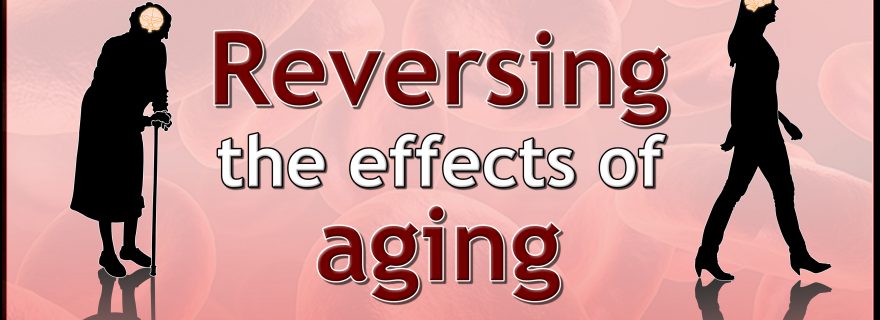Reversing the effects of aging
It sounds like science fiction: Having someone else’s body sown onto your own body; having their young blood flow through your old veins to reverse the effects of aging and become younger. But this isn’t fiction, this is recent science.
Researchers have already shown that it works. Well, in mice at least. In three papers published in Science (1,2) and Nature (3) this May, researchers used what is called a heterochronic parabiotic system, where an old mouse is surgically joined to a young mouse so that they share a circulation. The blood of the young mouse flows through the old mouse and vice versa. After four or five weeks, the effects of aging in the old mouse are dramatically decreased, as compared to an old mouse conjoined with another old mouse. For example, the old mouse receiving the young blood becomes stronger, learns faster and remembers better. There must be something circulating in the blood of the young mouse that has these regenerative effects.
Sharing a circulation
Aging affects the body as well as cognition. For example, the production of stem cells decreases, which can differentiate into different types of cells such as neurons. The most prominent effect in old mice who shared a circulation with a younger mice is increased stem cell function, which has been shown in the hippocampus, the olfactory bulb, the spinal cord, muscles and the liver. Brain regions that are the first to be affected by old age are indeed the olfactory bulb (where sense of smell is processed) and the hippocampus (where memory and learning is processed). Young blood not only increases stem cell function in these regions, but also causes the formation of new neurons and new blood vessels, increased blood flow, increased number of connections and increased long-term potentiation (a process implicated in learning). These neural changes lead to enhanced learning and memory and a better sense of smell. Increased stem cell function in muscles also causes faster healing of injuries and is accompanied by an improved mitochondrial function (which produces energy for cells), leading to improved exercise endurance and increased strength. Also, enlargement of the heart is decreased, which is an important cause of heart failure in old age.
Injections with the serum of youth
Luckily it is not necessary to share a circulation with a younger individual to achieve these regenerative effects. Directly injecting an old mouse with blood plasma of a young mouse three times a week causes the same changes . What exactly in the blood causes these changes has not yet been specified. There could be multiple rejuvenating factors. So far, one protein has been implicated the most. Injecting Growth Differentiation Factor 11 (GDF11) has almost the same effects as sharing a circulation with a young mouse. This factor is more abundant in young mice and decreases with age. Restoring GDF11 levels to a youthful baseline decreases the effects of aging .
Implications for humans
Reversing the effects of aging through young blood may not only have implications for mice. GDF11 is also present in humans. Blood plasma transfusions or GDF11 administration in humans is very promising for the future and may be able to reverse the effects of aging. However, since the authors found no differences in appearance or general health, the effects could be limited to cognitive and physical functioning. Excitingly, human trials are already expected to begin within three to five years. Another aspect that could be influenced is Alzheimer’s disease or possibly other types of dementia, disorders whose main risk is aging itself. The cognitive defects that are implicated in Alzheimer’s disease could be decreased or even reversed by this possible intervention.


1 Comment
Excellent Blog! I would like to thank for the efforts you have made in writing this post. I am hoping the same best work from you in the future as well. I wanted to thank you for this websites! Thanks for sharing. Great websites!